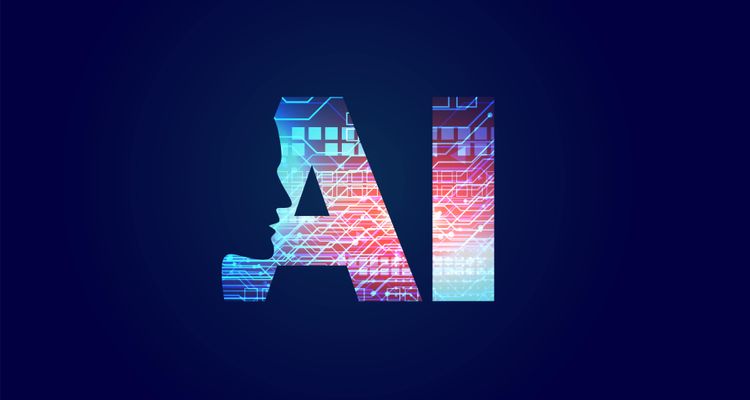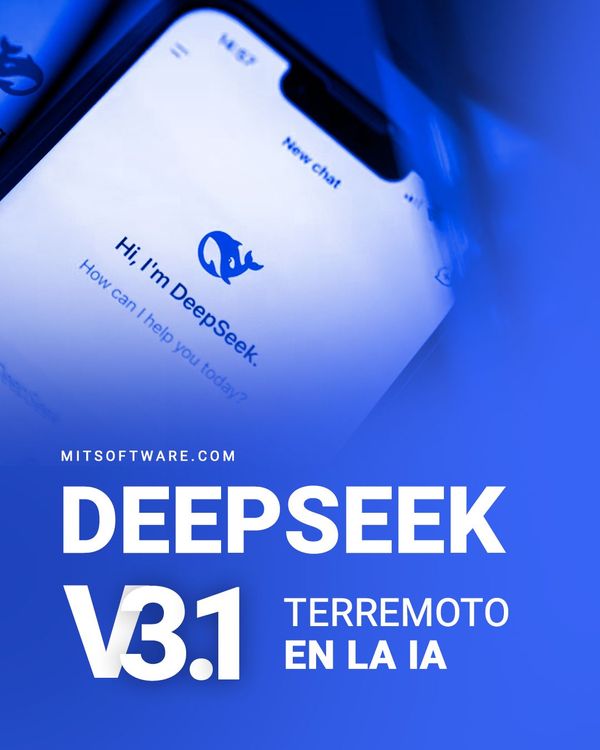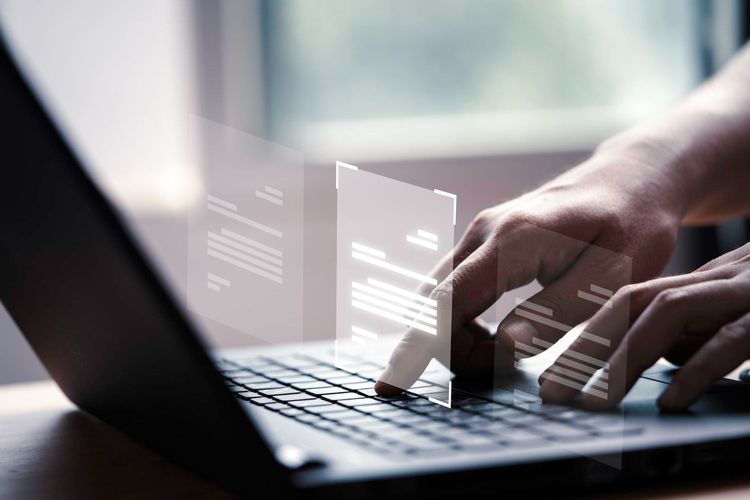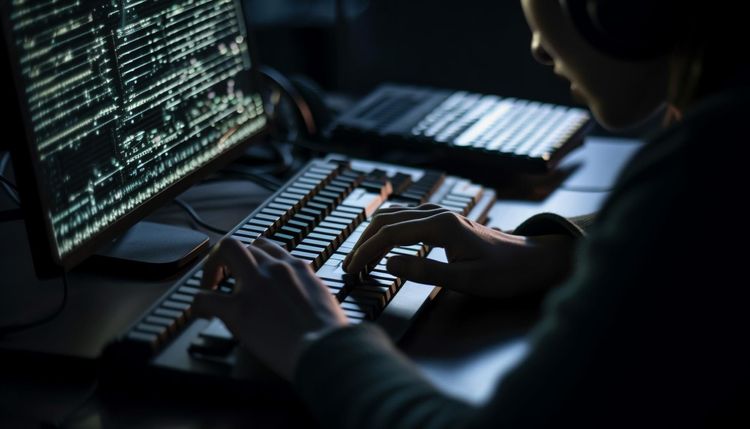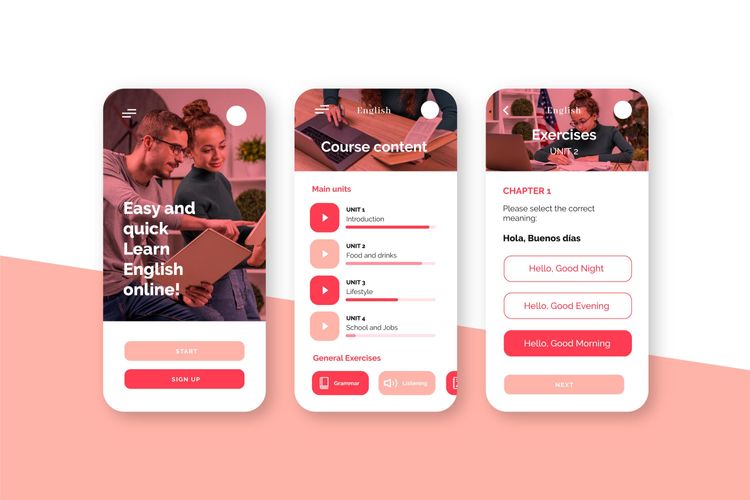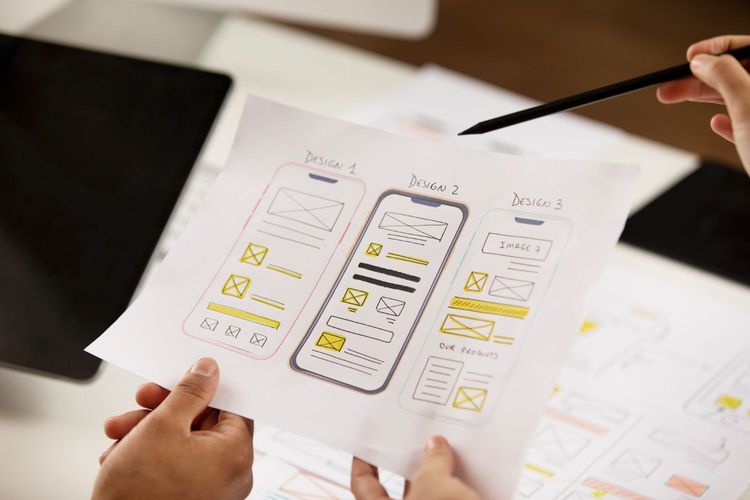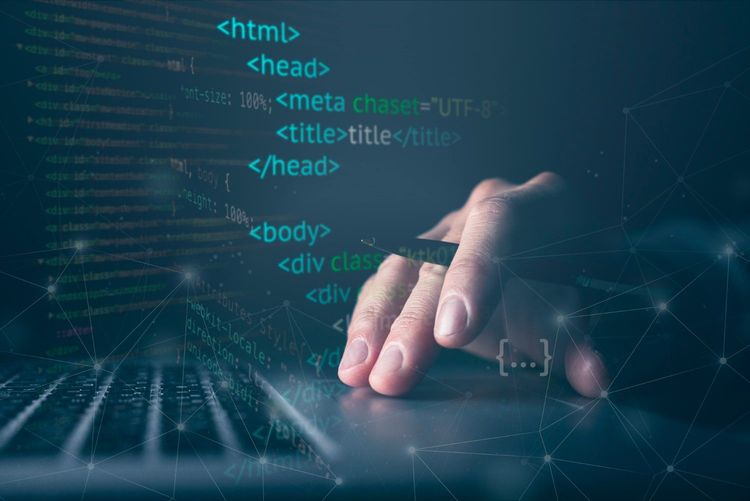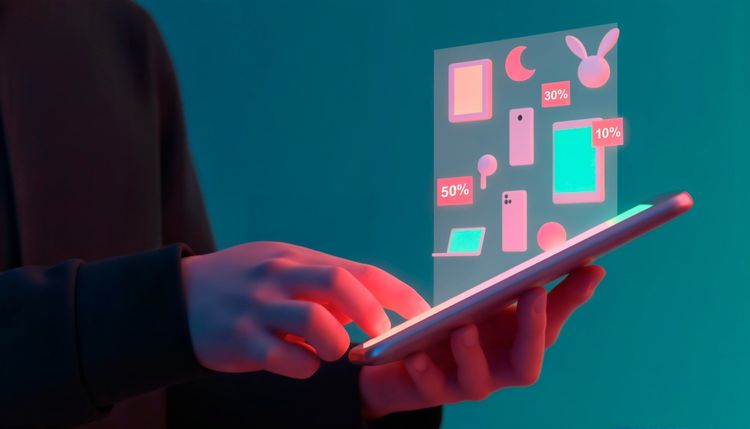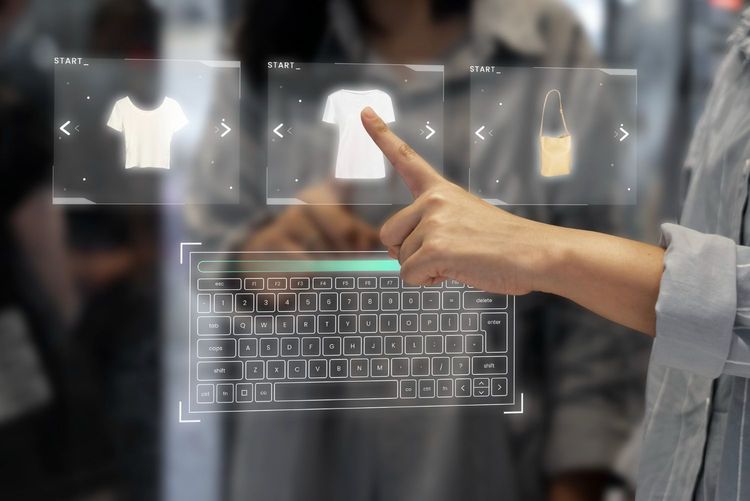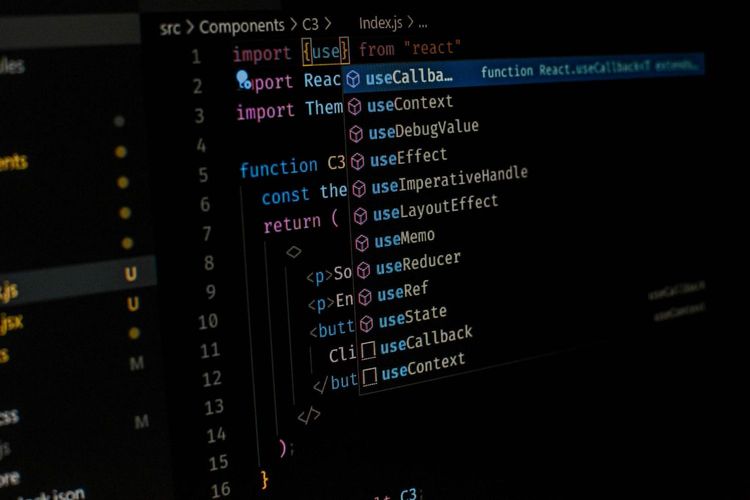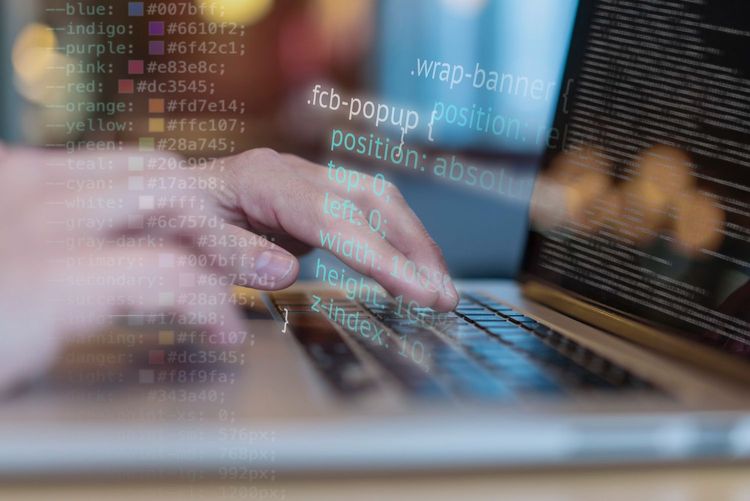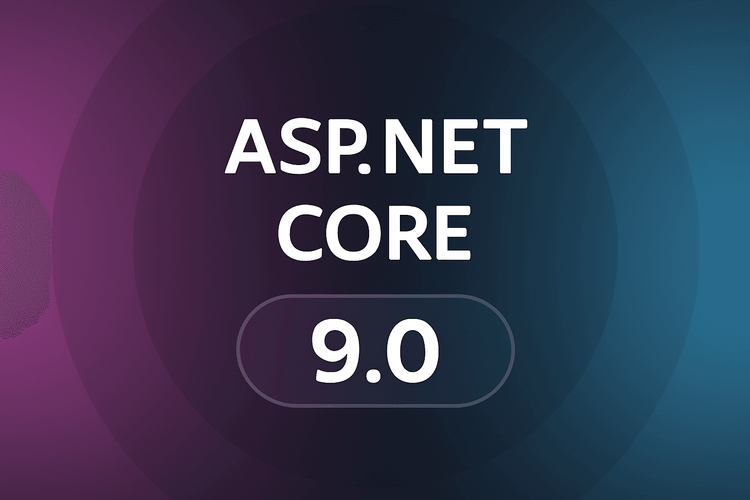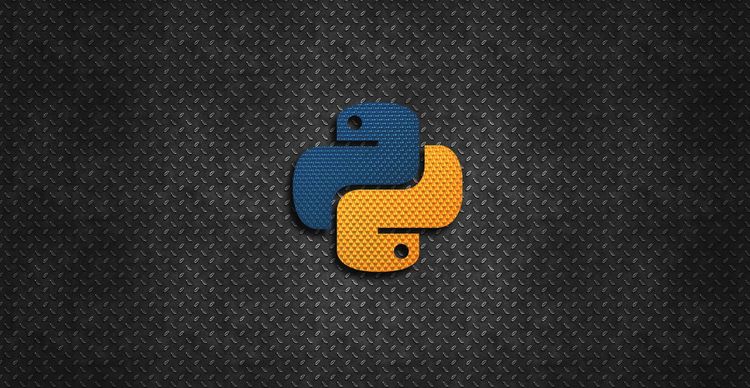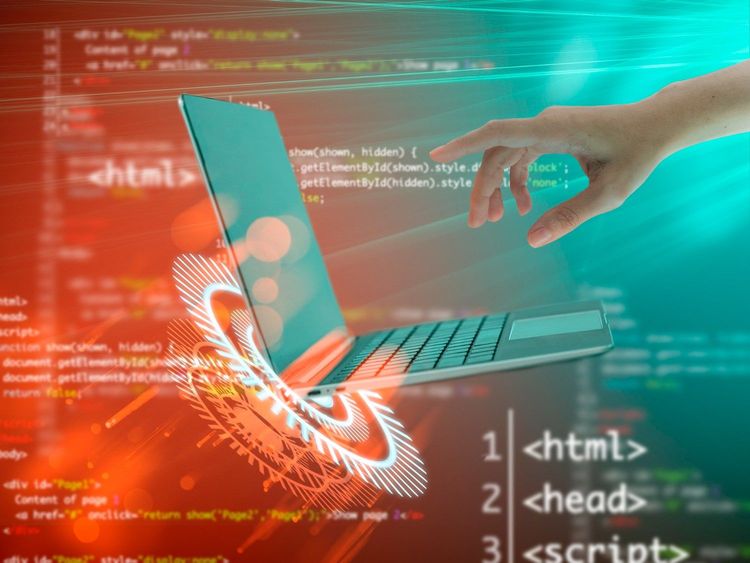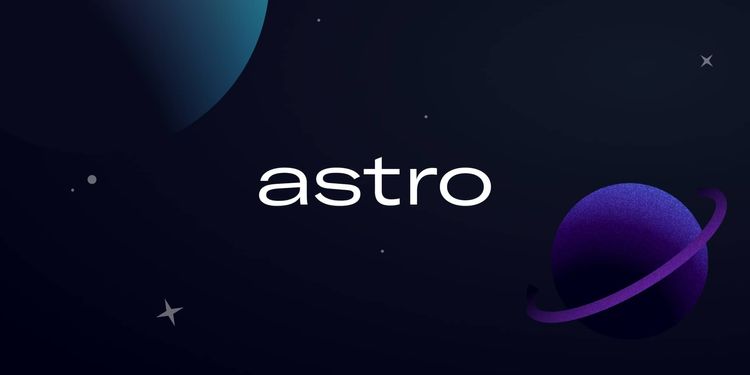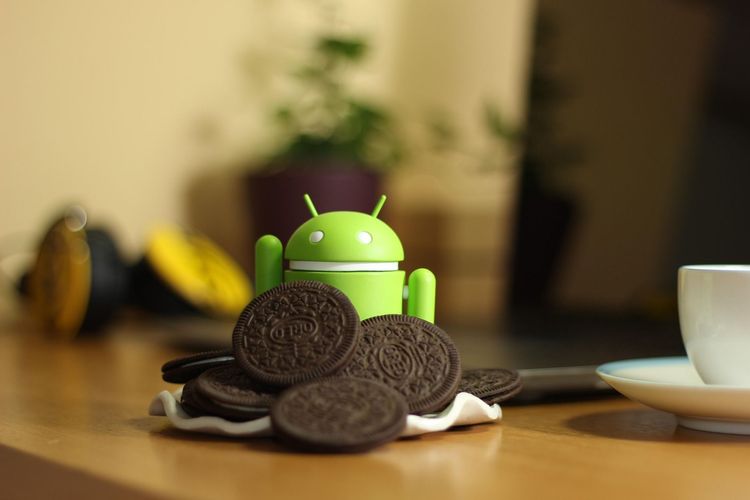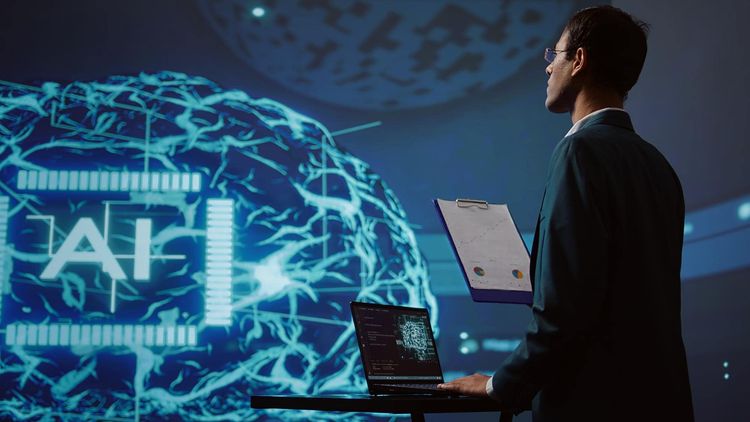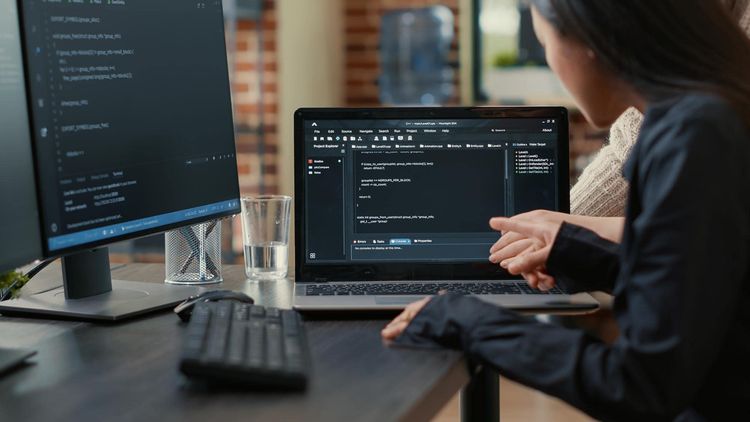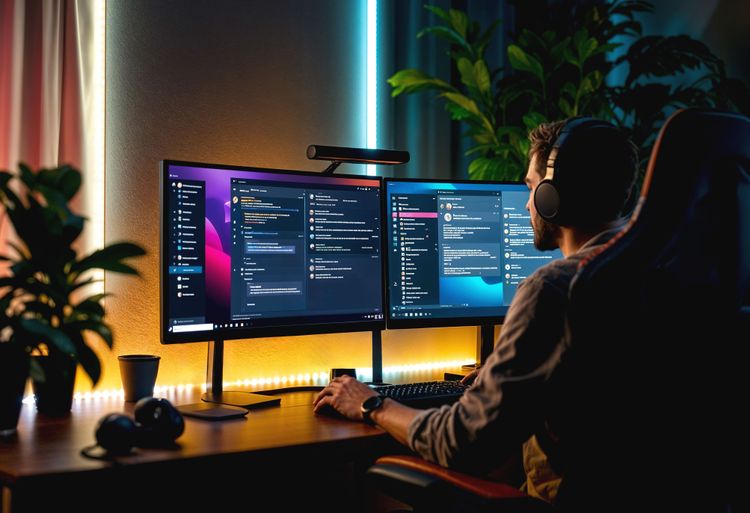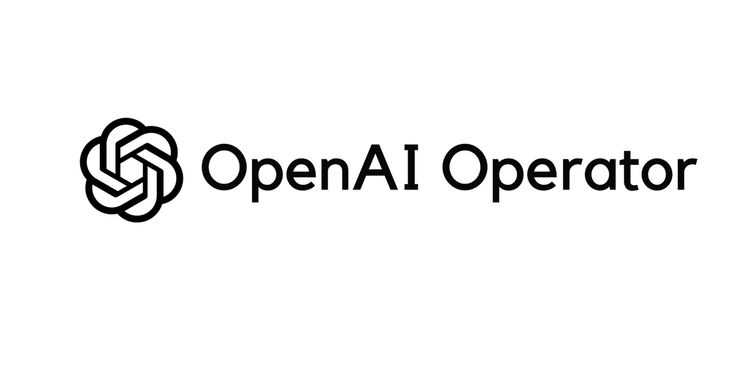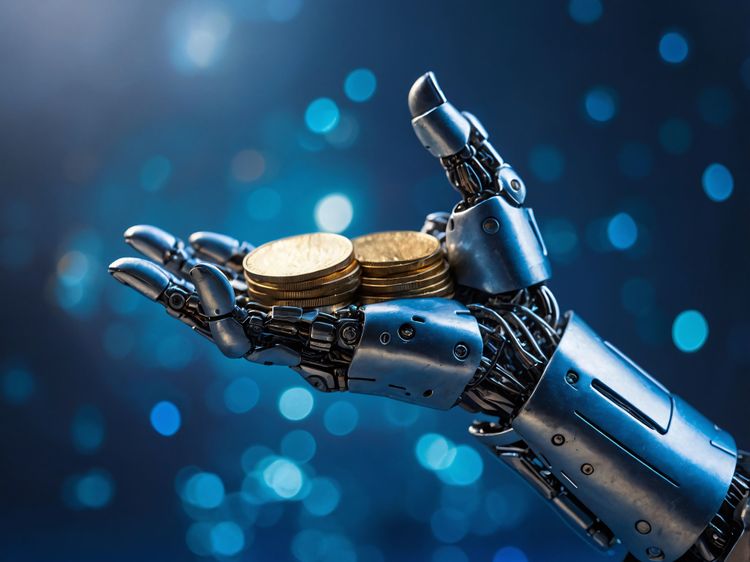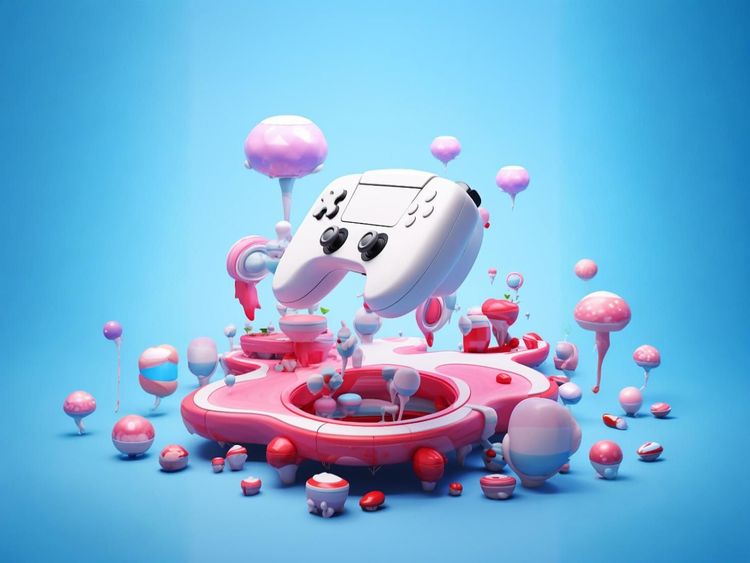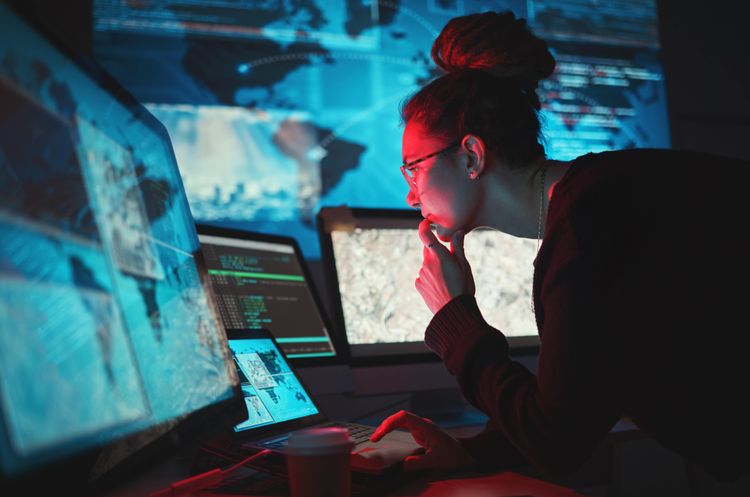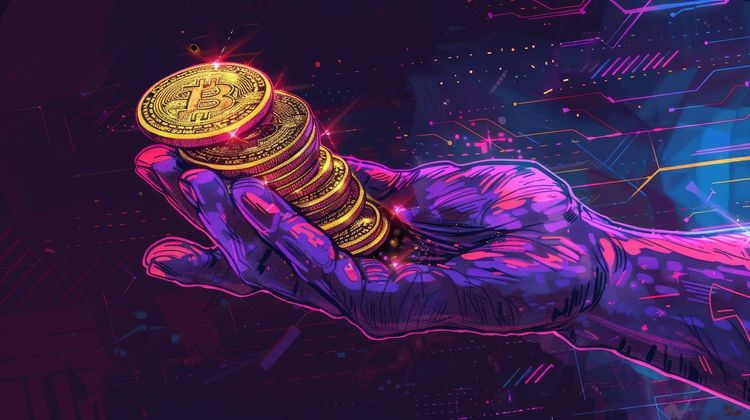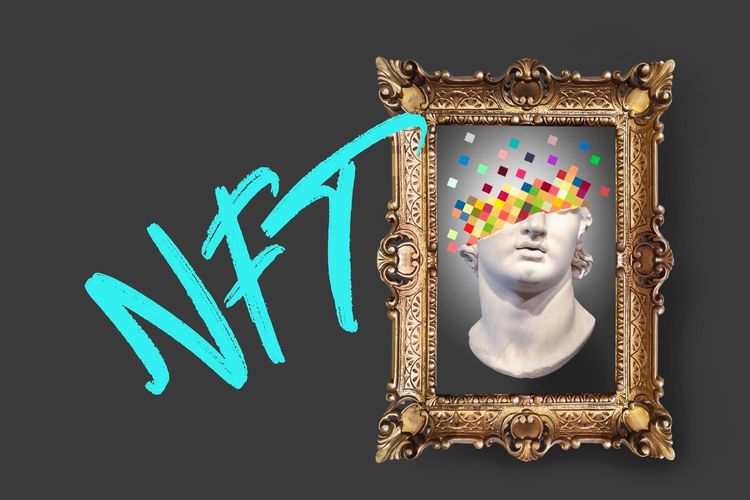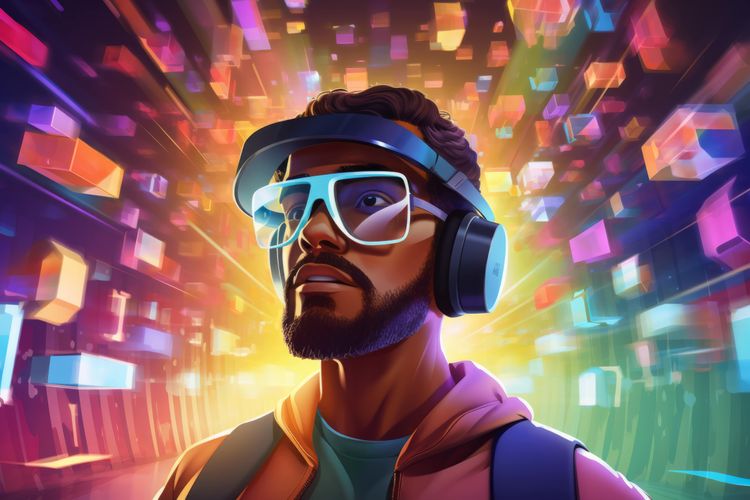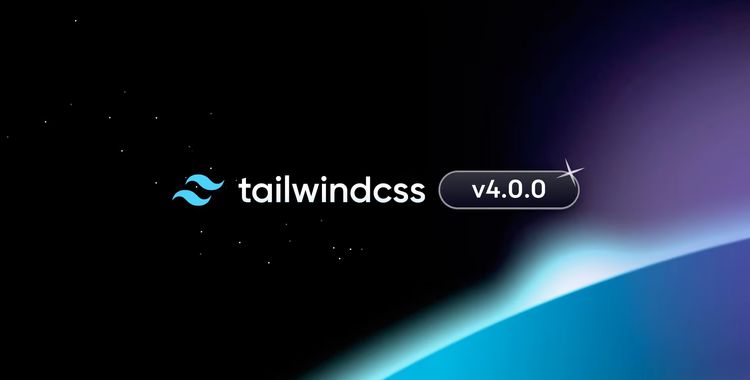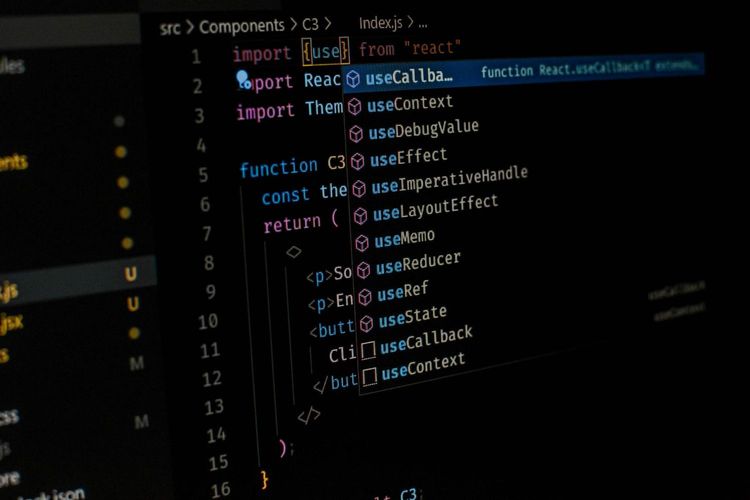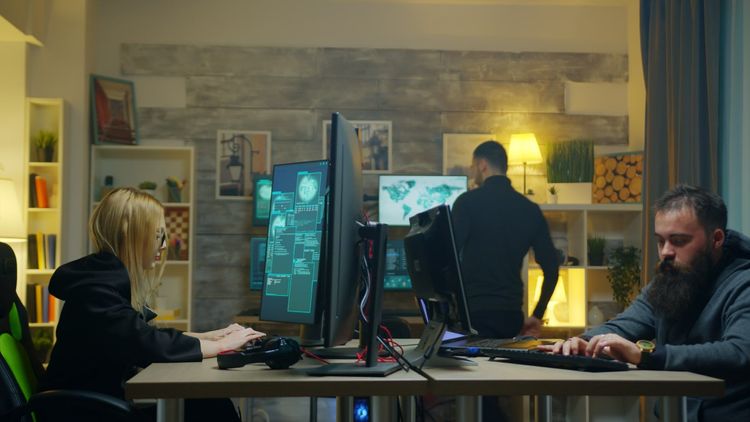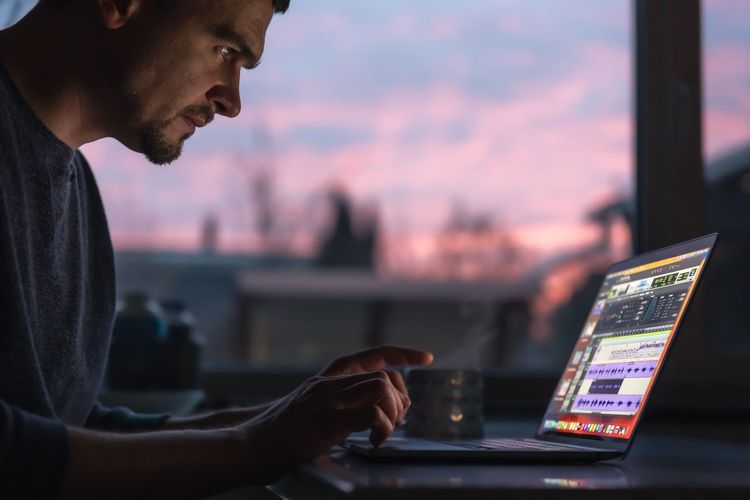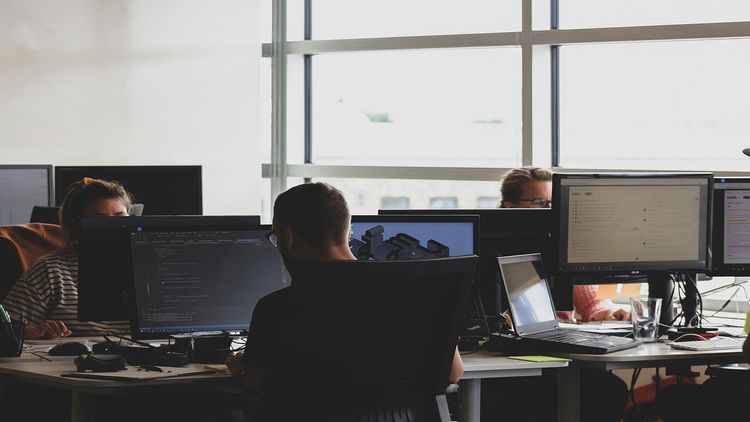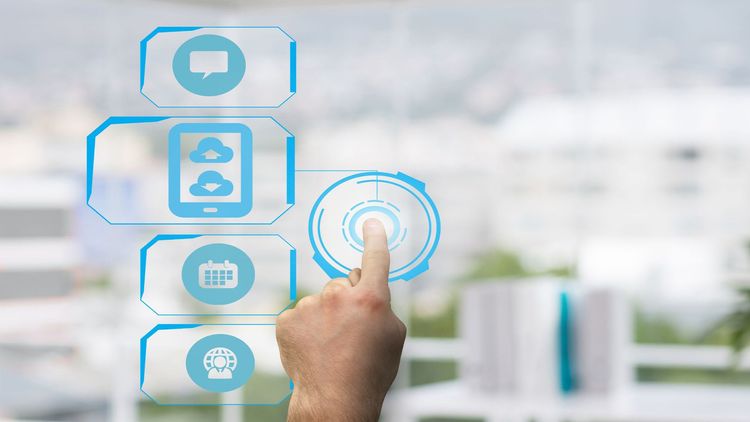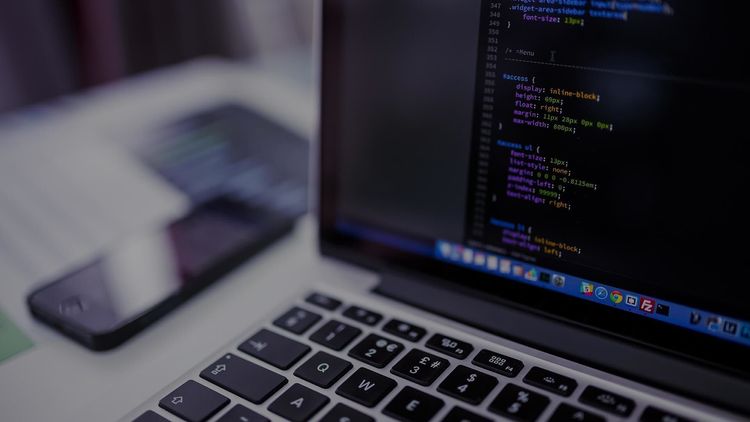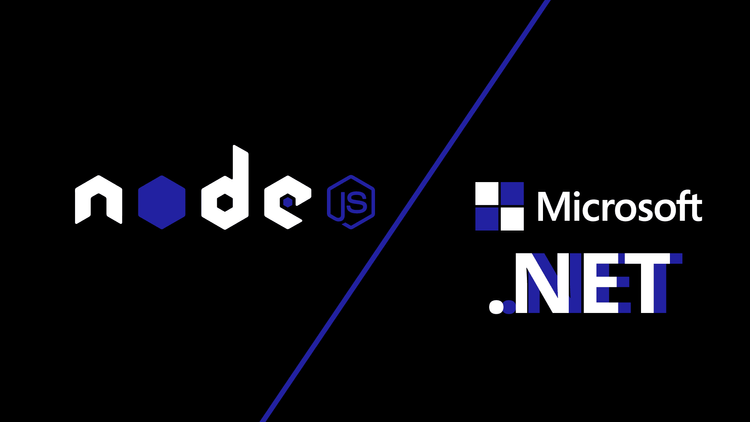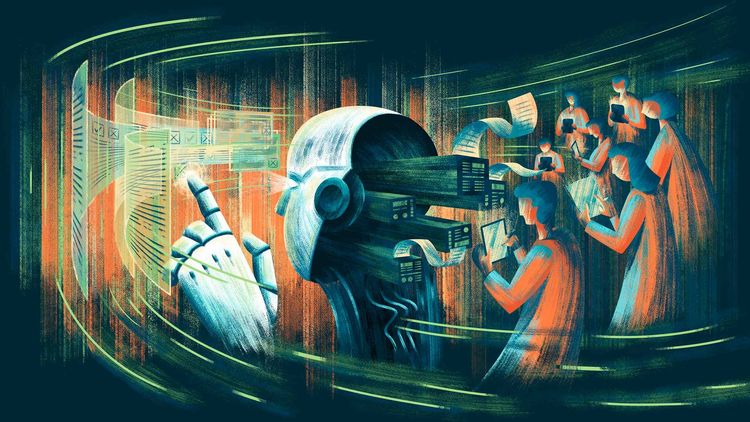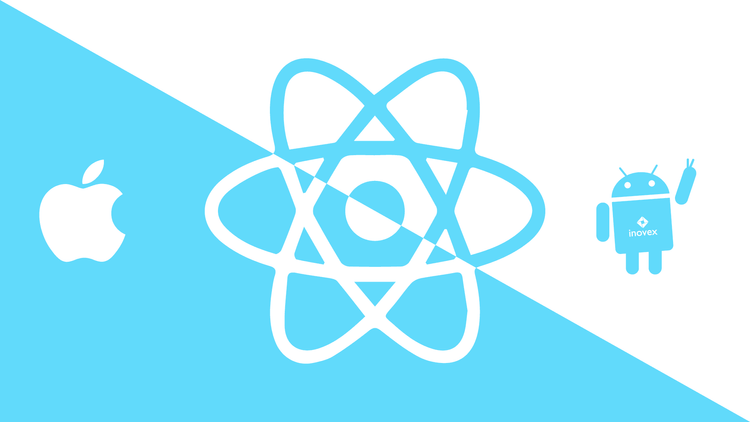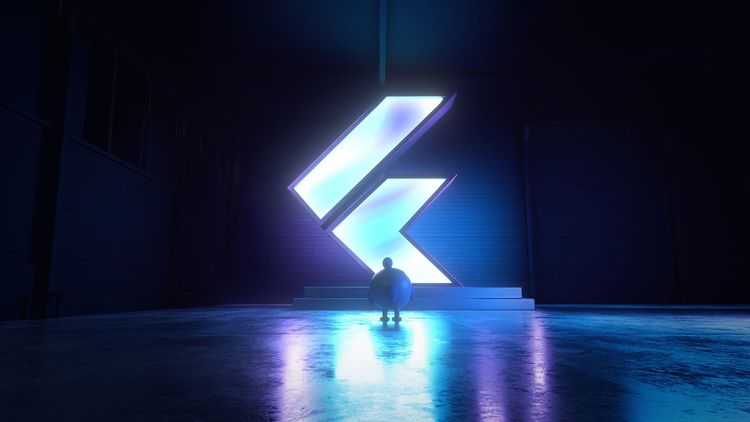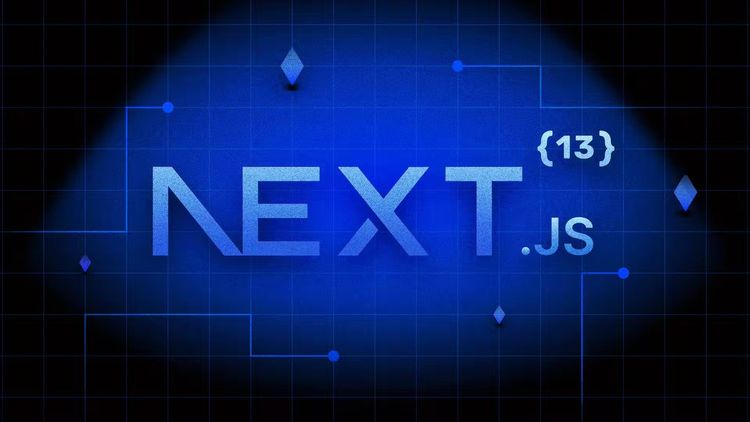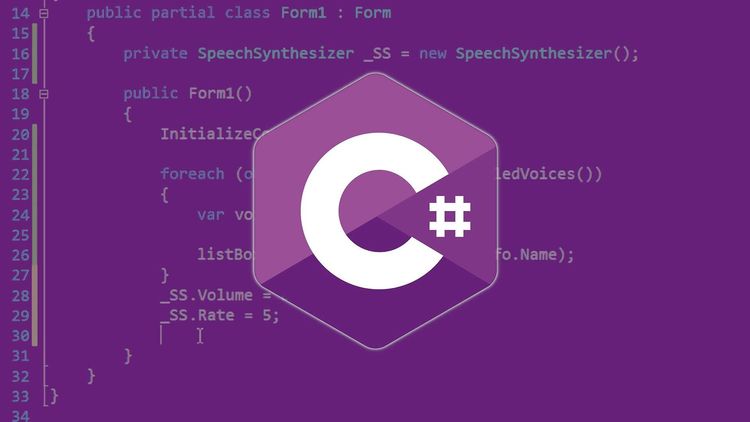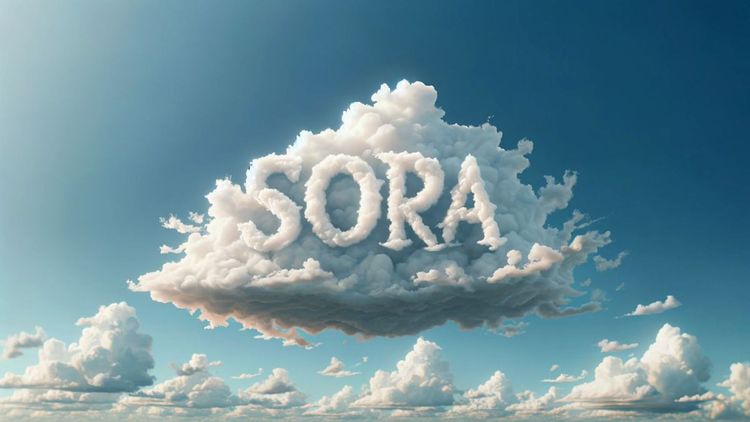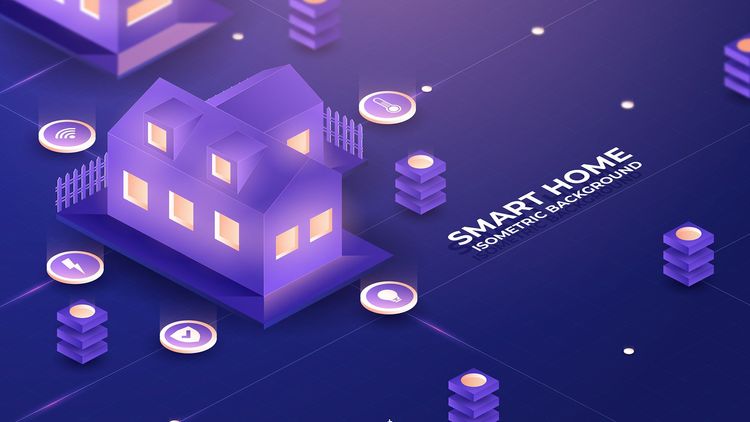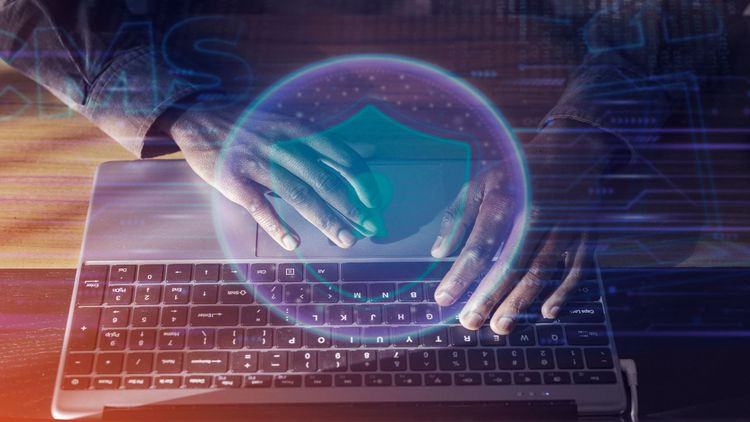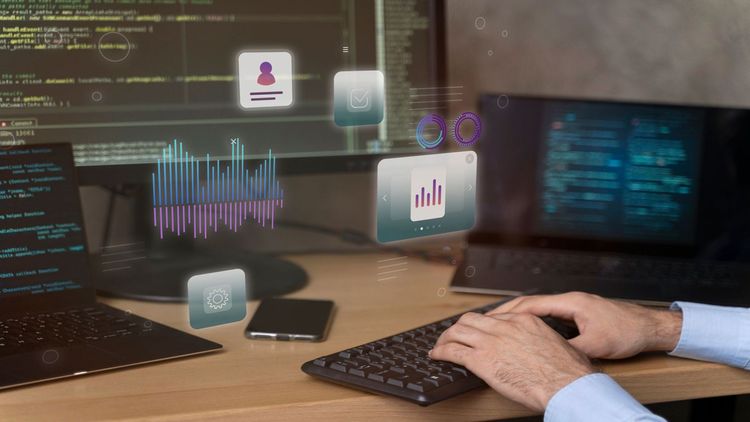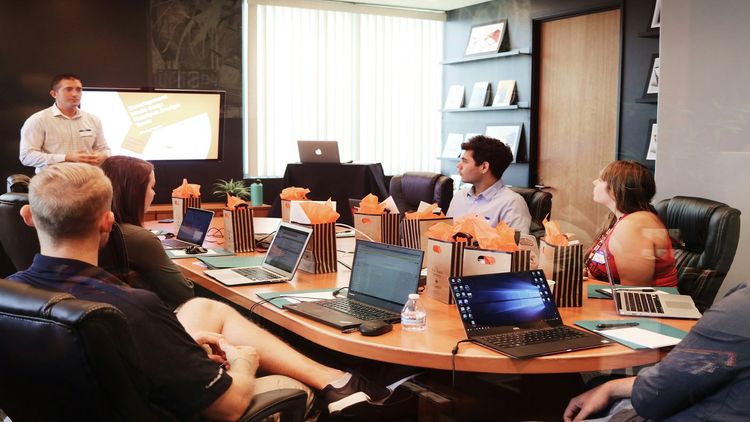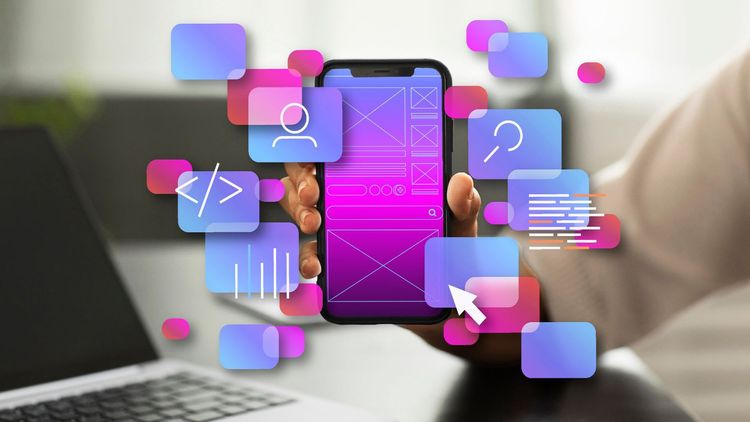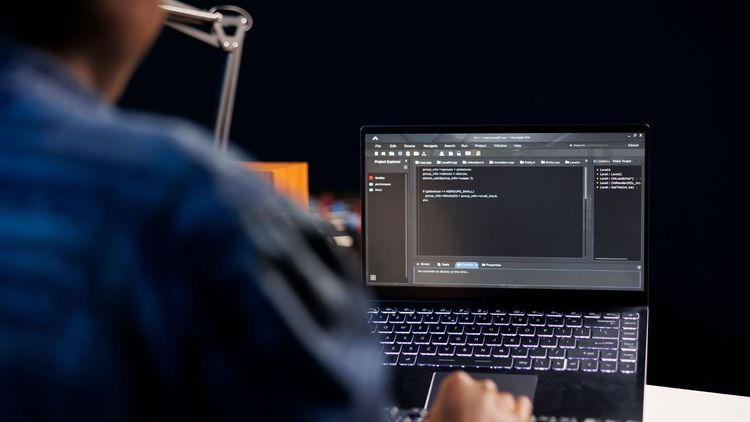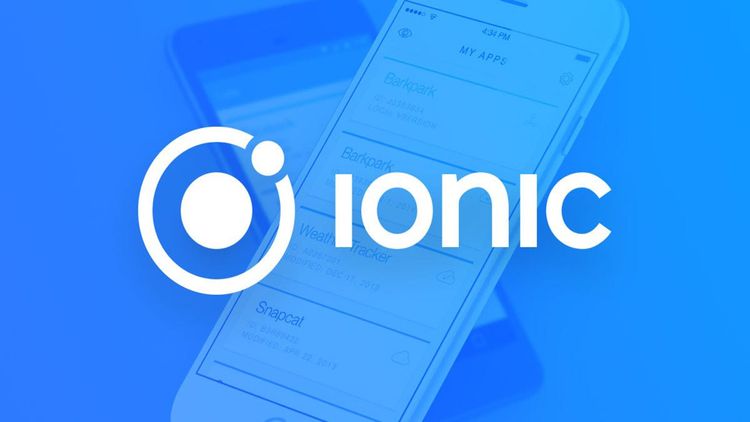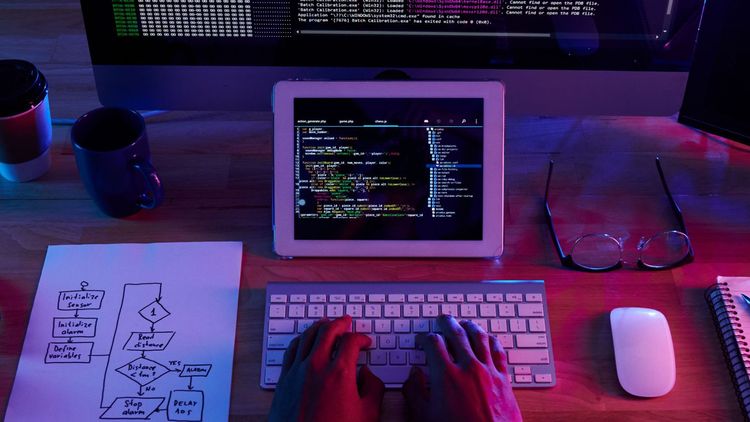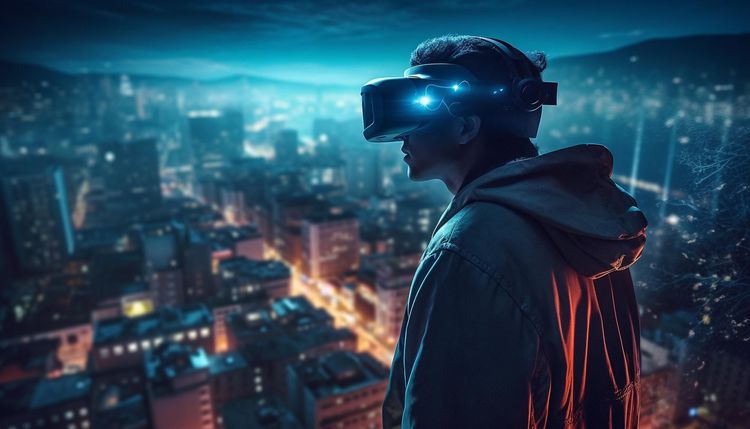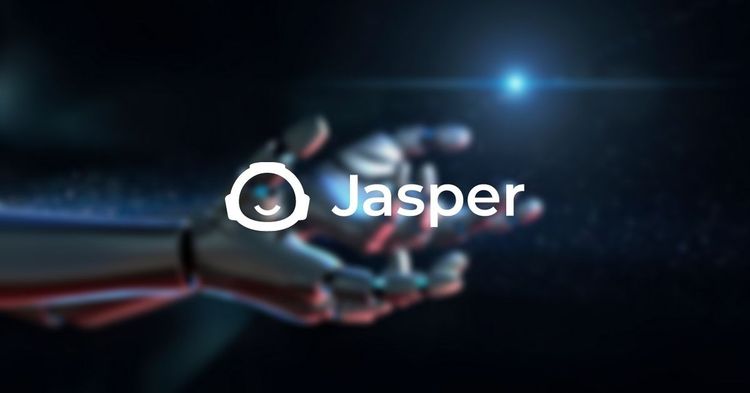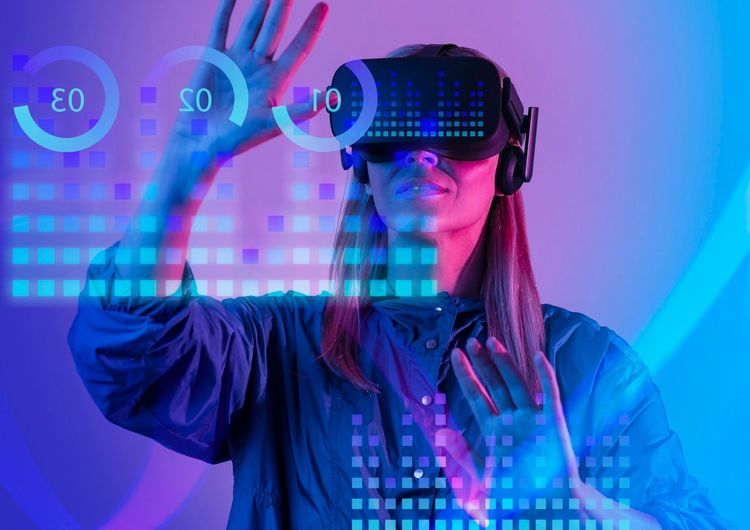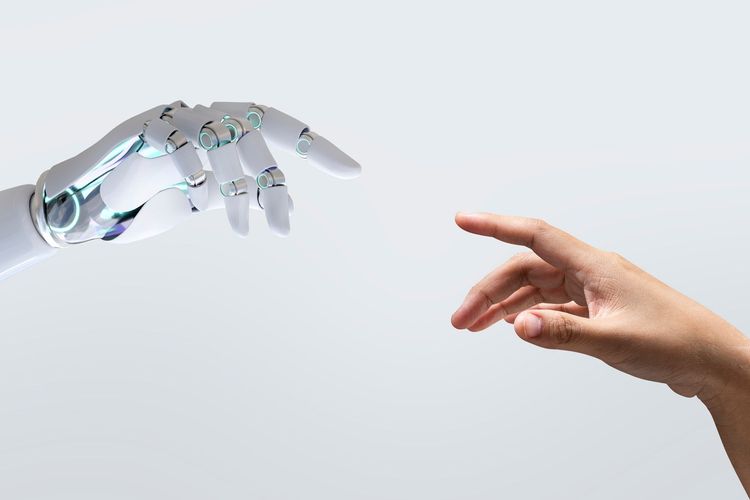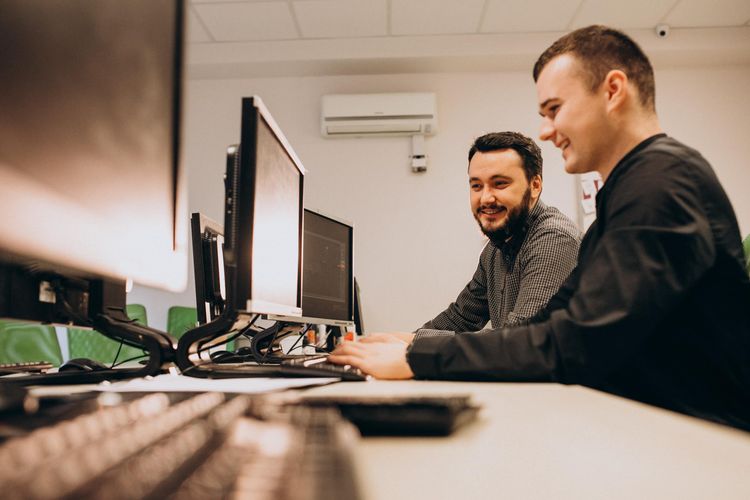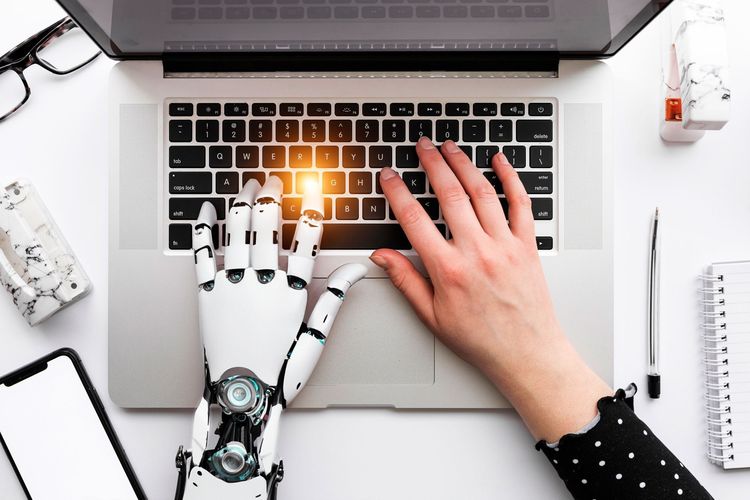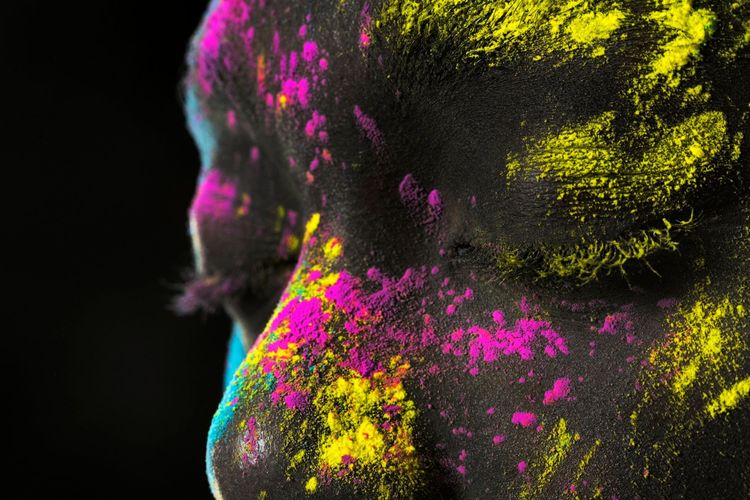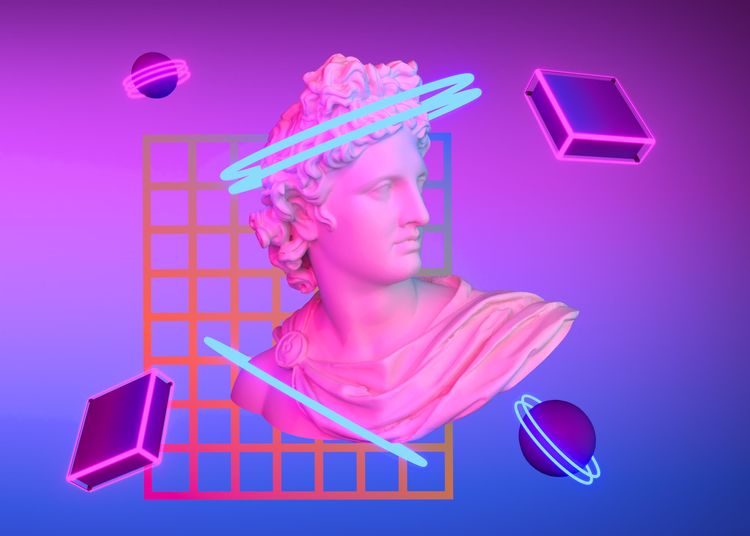Physical art in NFT? The NFT boom continues to grow and more and more artists are looking for ways to tokenize their art, some in physical form, in order to earn some money and recognition in the process.
If you're reading this post, you may be wondering if it's possible to convert physical art into an NFT or 'tokenize' it. The answer is yes.
As you may already know, NFTs or Non-Fungible Tokens are a type of crypto asset that guarantees, both to the buyer and the seller, that a work is unique, meaning it cannot be replicated or copied. In this sense, when a buyer purchases art, they are also buying something exclusive.
In addition, the buying process is simple, as are the certificates of authenticity, which are embedded in the art and cannot be modified in any way.
So let's now move on to the main question of this post.
How to convert physical art into NFT
Obviously, it is a lengthy process, but not a difficult one. If you have physical art, such as a painting or sculpture, the first thing the artist must do is scan it.
In the case of a painting, it is recommended to scan it with a powerful scanner, which can be found at printing shops or companies specialized in printing and advertising, to obtain a digital copy.
Once the artist has this digital copy, we recommend making any necessary touch-ups to correct any possible details left after scanning. This way, we would be turning physical art into digital art.
In the case of a sculpture, it will be necessary to use a 3D scanner to create a digital replica of the work.
Once our physical art is digitized, we will have two pieces, so what happens next? Which one will be the original? That will depend on the artist.
Steps to convert your physical art into NFT
Once the art is in digital form, it must be declared as unique. The artist can declare both works as legitimate since one is physical and the other is digital. This way, you are closer to having your physical art in NFT form, and it can be sold separately or as a package (physical and digital), but that will depend on the artist and the client.
The second option is to digitize the physical work and then destroy the original. This will make the digital piece unique because having two identical pieces could cause conflict for the buyer. Also, remember that scarcity is what will give the work more value. Another point is that destroying the physical piece can be recorded and turned into an NFT to be sold as a package with the digital art, thus further guaranteeing the originality of the work.
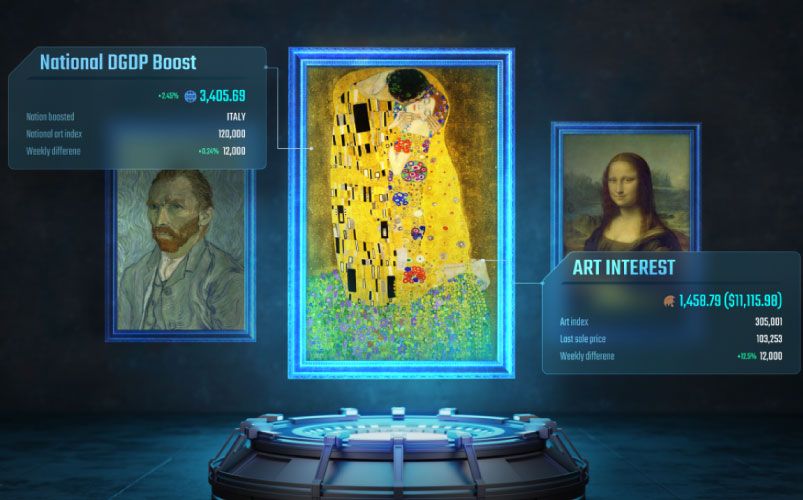
The third option is that, if you do not want to destroy the physical work, you can declare it as part of the process of creating the digital work, meaning the work that will be turned into an NFT.
The fourth option is related to the third one, and it is that when we have a work in physical form and turn it into digital, we can finish it, meaning we can add new elements such as animation. In that case, we would have two different works, one physical and one digitally modified.
After having it in digital form, all you have to do is enter one of the NFT markets that currently exist. One of the most popular is OpenSea, where artists can publish their works, turn them into NFTs, and put them up for sale, all with a simple process.

